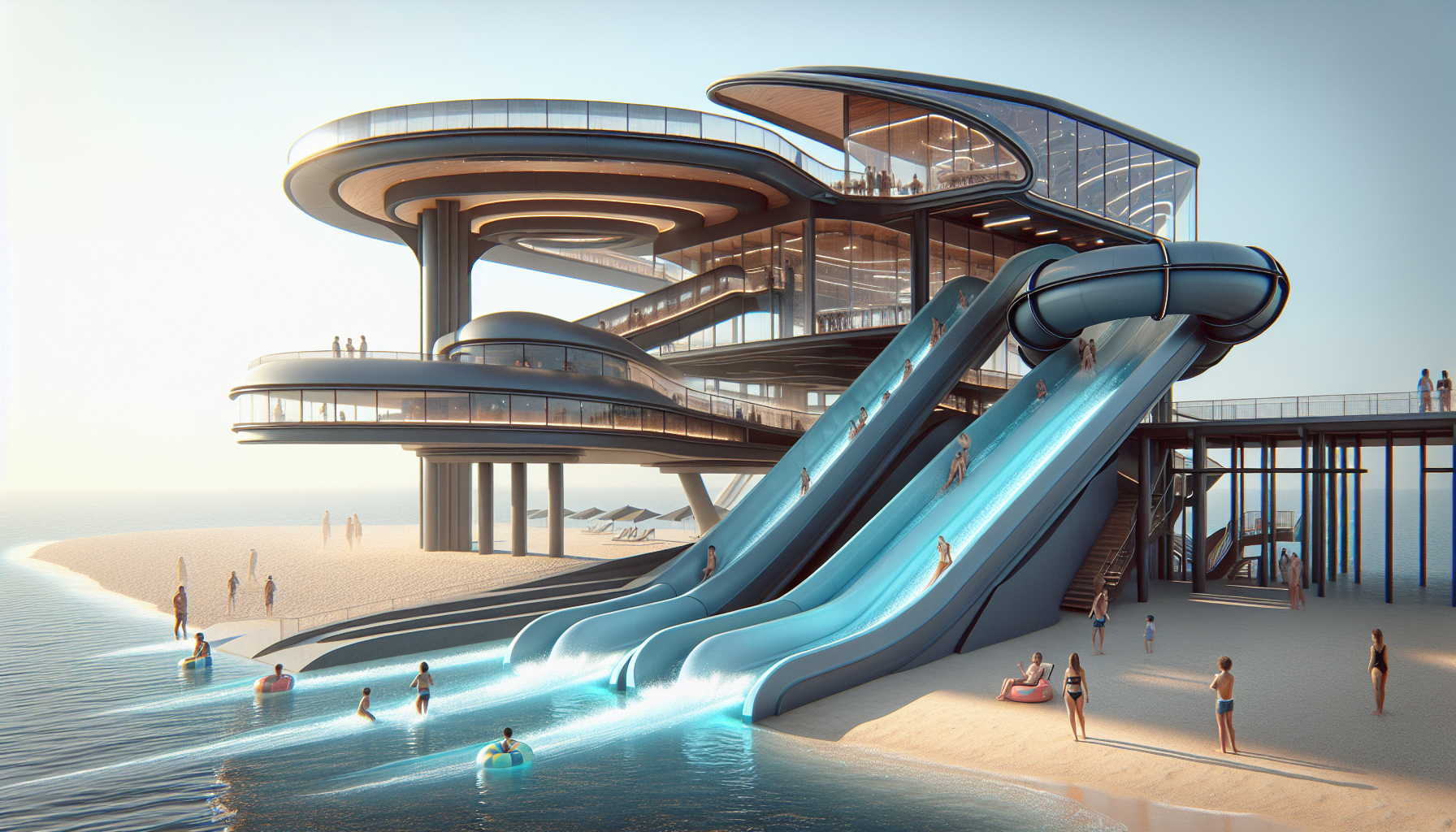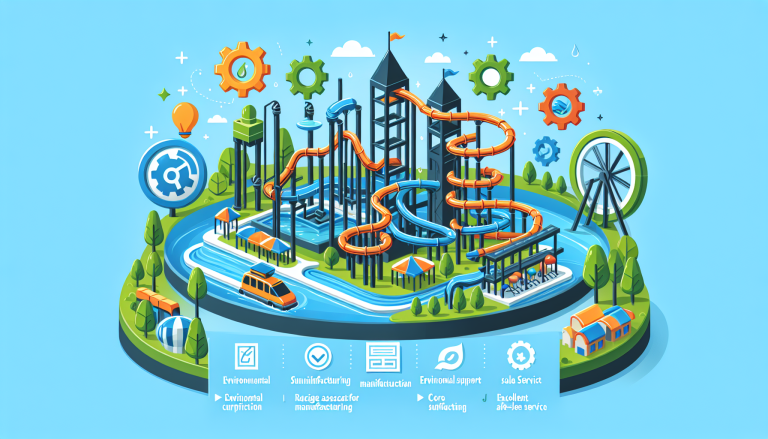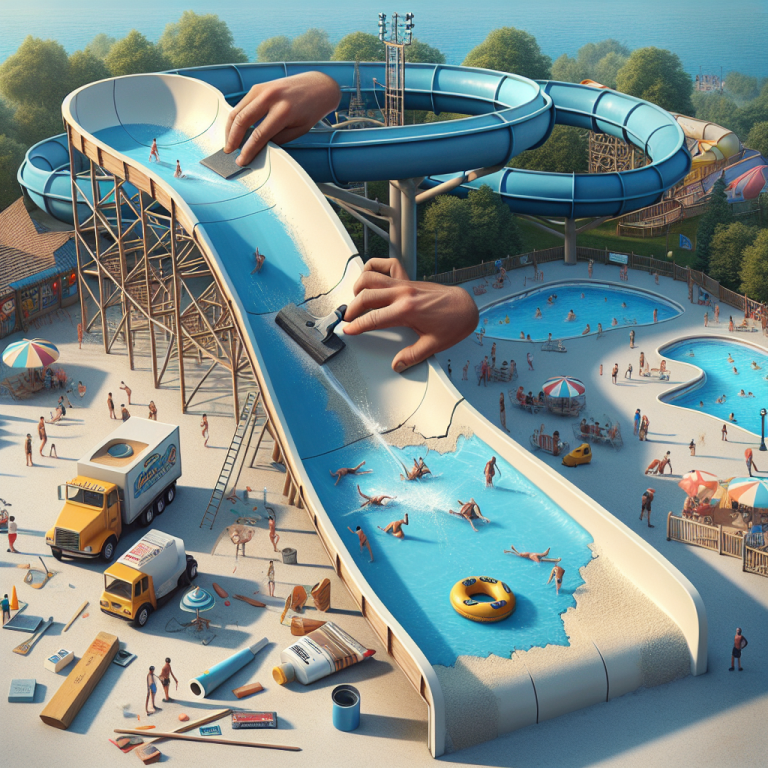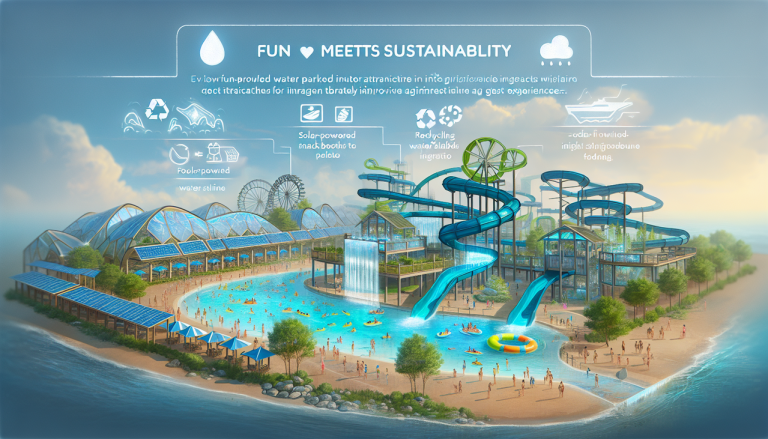Water Slide Equipment Structural Analysis
Audio:
Text:
Water slide equipment can be broadly categorised into two types. One type includes the large water slides found in water parks, which can span tens or even hundreds of metres. The other type is the smaller slides commonly used in kindergartens, enhanced with water play features. The former type of water slide equipment is designed for tourists, making the safety and stability of its structure paramount.
Production Qualification Requirements for Large-Scale Water Slide Equipment
Water slide equipment falls under the category of water amusement facilities in large water parks and is classified as special equipment with a B grade. Each set of equipment must undergo inspection, testing, and acceptance before it can be used, and must be certified.
Most water slide equipment is installed outdoors, where the natural environment significantly impacts the slide structure. Therefore, during the design phase, the structure must be analysed for strength, stiffness, fatigue strength, stability, overturning resistance, and side-slip resistance to meet the safety factors required by the relevant codes. A formal calculation manual must be prepared, and production can only commence after a qualified engineer reviews and issues an appraisal report. The first set of equipment must be inspected on-site by an engineer, and a type test report is required for mass production.
Structural Analysis of Water Slide Equipment
When calculating and analysing the structure of water slide equipment in water parks, several loads must be considered: permanent load, live load, wind load, snow load, seismic load, and impact load. Permanent load generally refers to the self-weight of the water slide equipment; live load includes the rider’s weight and water load. Wind load is divided into working state load and non-working state load. The amusement equipment is designed to withstand a maximum operating wind speed of 15m/s for working state load, while the non-working state load is calculated based on the maximum wind load at the equipment installation site over 50 years. Snow load is also calculated based on the maximum load over 50 years. For seismic load, the fortification intensity is 8 degrees, equivalent to a design basic acceleration of 0.2g. Impact load considers the potential impacts during the movement of the amusement device, which are generally difficult to calculate accurately during design. Therefore, the permanent load and live load must be multiplied by an impact coefficient, selected according to the maximum speed of the water slide equipment.
The structure of water slide equipment in water parks comprises three parts: fibreglass slides, steel structures, and concrete foundations. Given the unique, important, and complex nature of water slide equipment structures, the finite element method is used in their analysis. This method is suitable for various complex mechanisms in water slide equipment and has become one of the most effective analysis methods. Its introduction has revolutionised traditional analysis methods, making force analysis more accurate and comprehensive, which is beneficial for structural checks and design optimisation of water slides.






